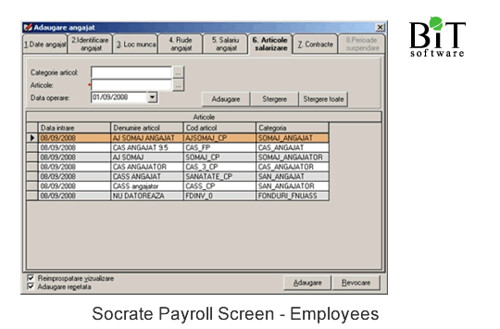122 Seminar & projects
Here are 122 seminar topics related to computer science, electronics and electrical field along with power point presentation.
- Project Abstract - E-Learning
- Seminar on SMTP
- Seminar on Software as a service
- Project - Time Attendance
- Tabu Search Algorithm For Cluster Building In Wire...
- Seminar on Online identity management
- Seminar on Website Marketing
- Seminar on Personality development
- How to make a Presentation
- Seminar on Project management
- Seminar on leadership qualities
- Seminar on Linux Virtual File System
- Internet Marketing Strategy
- Seminar on Internet Marketing
- Seminar on Affiliate marketing
- Seminar on Search Engine Marketing
- Seminar on Time management
- Seminar on Java Security
- Web Services in Java
- Seminar on SDLC
- Seminar on fingerprint recognition
- Project Abstract - Hospital Management System
- Seminar on Android
- Seminar on Organizational information systems
- Project - Digital library
- Seminar on E-Business
- Seminar on Iris Scanning
- Grid network
- Earth Simulator
- M-Commerce
- Socket Programming
- video door phone
- CCTV System
- WI-MAX
- WISENET
- Optical fiber communication
- Lightweight Directory Access Protocol
- Kerberos
- Organic light emitting diode (OLED)
- Augmented Reality
- The Bionic Eye
- Optical Communications in Space
- 4G Wireless Systems
- Bittorrent
- Wireless USB
- Tripwire
- Data mining
- Interactive Voice Response
- Nessus
- Mobile Computing
- Holographic Versatile Disc
- Satellite radio
- Silverlight
- Bluetooth
- Wearable computers
- Cluster computing
- Quantum computer
- HVAC
- Mobile IP
- FireWire
- Home Networking
- Plasma display
- PLAN 9 Operating system
- Global Positioning System
- Spyware and Trojan horses
- Voice over Internet Protocol
- SSL-TLS
- PolyBot - Modular, self-reconfigurable robots
- Facial recognition system
- Captchas
- Ext3 File System
- Embedded Linux
- Computer forensics
- Security Protocol For Sensor Network
- Signal processing
- Seminar on Smoke detector
- Seminar on Motion detector
- Seminar on Transformer
- Seminar Test automation framework
- Seminar on Digital and analog signals
- Seminar on Programmable logic controller
- Seminar on LED
- Seminar on power systems automations
- Seminar on Flight Simulator
- Application Server
- Inventory Control System
- Seminar - Online Gaming
- Project – Online Survey System
- Project Abstract - Traffic Management System
- Seminar on IPTV
- Seminar on Smartphone
- Seminar on Real-Time Operating Systems
- Seminar on Agile Methodology
- Project on GPS Integrity Monitoring
- Seminar on Listening Skills
- Seminar on Communication Skills
- Seminar on Mobile commerce
- Project - Payroll Management System
- Seminar on SAP CRM
- Seminar on Sales Tracking
- Seminar on Marketing
- Seminar on Sap R/3 Architecture
- Seminar on Software Project Management
- Seminar on Motivation
- Seminar on CRM
- Enterprise resource planning
- Seminar on Cloud computing
- Project - 2D Sonar
- Project - 3D Pong
- Project on Laser Pointer Mouse
- Project on Fingerprint Verification System
- Project - Wireless Surveillance System
- Project - Instant messaging
- Seminar on Laser Communications
- Project - Online Examination System
- Nanotechnology
- Project on Library Management System
- Seminar on web application security
- .Net Framework Security
- Seminar on .NET framework
- Seminar on Artificial intelligence
- Seminar on Unlicenced Mobile Access
Incase, you have any suggestion or wants me to add any topic. Kindly post in the comment section.
Thanks!


















